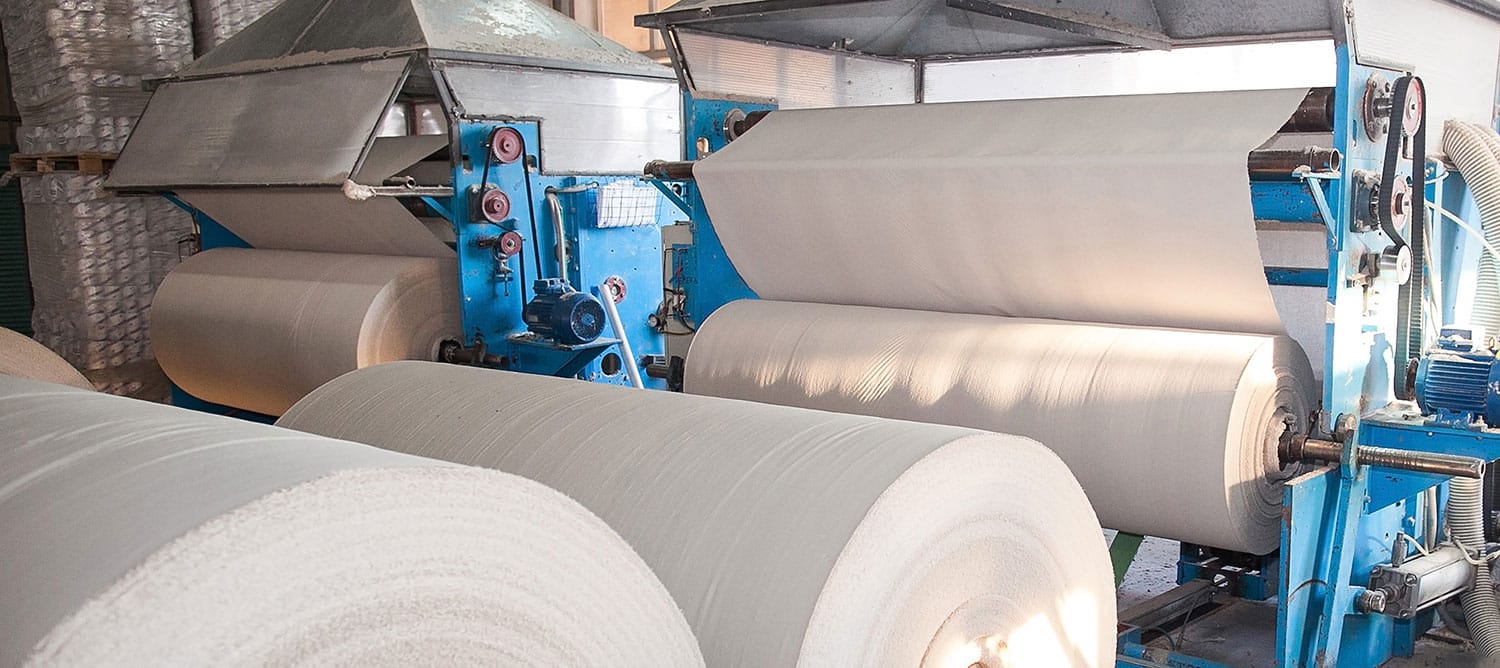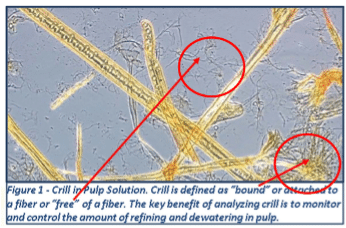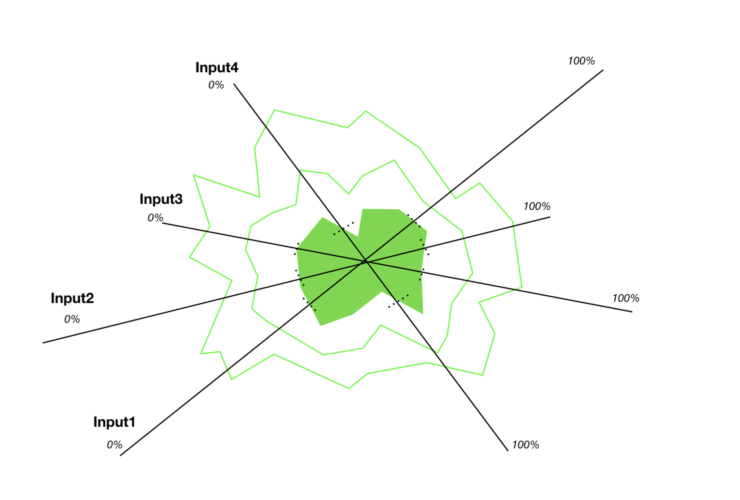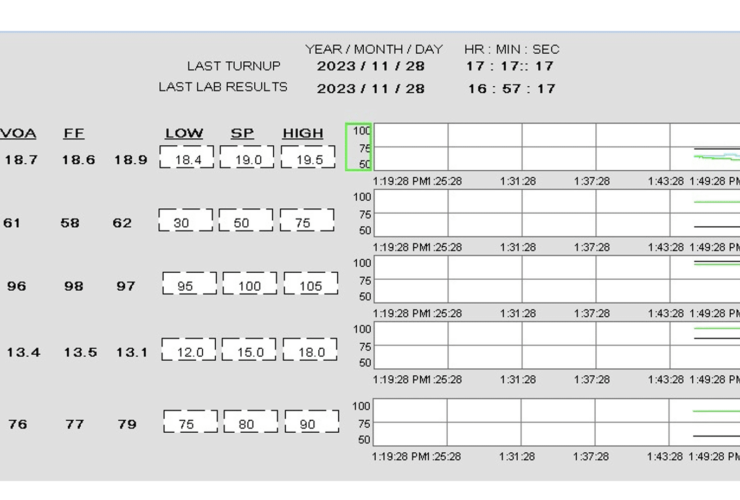
There are many ways you can save money for your mill if you have fiber property information to guide you. To illustrate how this fiber property data can be applied, we have started our blog series called The Devil’s in the Data. Our first use case will show you how much money your mill can save using fiber property information to increase lower-cost Mixed Paper (MP) fiber usage while ensuring that strength targets are met.
How you could save over 1,000,000 annually using Recycled Fiber Source Optimization
Recycled fiber can come from a variety of sources. We will consider Mixed Paper (MP) and Old Corrugated Containers (OCC) in this use case. OCC is a much higher-priced source than MP. Therefore, mills try to use as little higher priced OCC and as much MP as practical while maintaining strength – primarily STFI on the liner. This article will give a hypothetical example of a typical mill. With help from Pulmac, we can help optimize your furnish mix to save money and meet your quality objectives by monitoring fiber properties with the PulpEye online measurement system.
For a mill that uses a 90/10 split between OCC and MP, monitoring fiber properties can allow the narrowing of control limits to get to an 80/20 split safely. This adjustment in control limits can save a mill millions of dollars annually.
Fiber demand with a 90/10 split between OCC and MP
We will use a 1,000 dry tons/day production rate of 350,000 dry tons/year. We will use an initial furnish ratio of 90% OCC and 10% MP. OCC typically yields 90% (10% shrink–yield loss from contaminants removed in recycled fiber processing). MP typically has a lower yield of 85%. This results in fiber demand as follows:
- OCC demand = (350,000 dry tons/year)(90% from OCC)/(90% yield) = 350,000 dry tons OCC/year
- MP demand = (350,000 dry tons/year)(10% from OCC)/(85% yield) = 41,176 dry tons MP/year
Fiber demand with 80/20 split between OCC and MP
If we knew more about fiber quality, we could have the confidence to increase the contribution of MP. This is possible with PulpEye. PulpEye provides a complete analysis of fiber quality in real-time. Let’s assume that PulpEye gives us the information we need to increase MP by 10%. That would result in the following fiber demand:
- OCC demand = (350,000 dry tons/year)(80% from OCC)/(90% yield) = 311,111 dry tons OCC/year
- MP demand = (350,000 dry tons/year)(20% from OCC)/(85% yield) = 82,353 dry tons MP/year
The operational and supply costs of increasing mixed paper usage
The increased use of MP may require additional wet-end starch to maintain STFI quality targets. The typical application of wet-end starch is 16 pounds/ton of dry fiber, but adding 10% more MP can bump this up to 18 pounds/ton of dry fiber. Therefore, the difference in starch demand is calculated as follows:
- At 10% MP, (350,000 dry tons/year)(16 pounds wet end starch/dry ton) = 5,600,000 pounds wet end starch/year
- At 20% MP, (350,000 dry tons/year)(18 pounds wet end starch/dry ton) = 6,300,000 pounds wet end starch/year
This difference is 700,000 pounds more starch per year at 20% MP. A typical cost for wet-end starch is $0.40/pound so that the increased cost would be $280,000.
Starch is also applied at the size press, but there would be no difference in the application between 10% MP and 20% MP.
There is also a difference in waste treatment. MP will increase the load and cost. The impact on waste from additional MP for this case is calculated as follows:
The Calculation At 10% Mixed Paper
- At 10% MP, the wasted portion of OCC (with a yield of 90%) is the amount of OCC demanded (350,000 dry tons/year)(10% waste) = 35,000 dry tons/year.
- The wasted portion of MP (with a yield of 85%) is the amount of MP demanded (41,176 dry tons/year)(15% waste) = 6,176 dry tons/year.
- This adds up to 41,176 dry tons/year of wasted fiber to be treated.
- If we assume that 80% of this fiber will go to wastewater treatment, and 90% of that amount is bone dry fiber, that yields 29,647 tons/year.
- Considering that this is a solution typically 60% solids, the mass of wet sludge is (29,647 tons/year)/(60% solids) = 49,412 tons/year of wet sludge to be treated.
- The typical cost of $43/ton for waste treatment amounts to $2,124,705/year.
The Calculation At 20% Mixed Paper
- Doing the same analysis at 20% MP, the wasted portion of OCC (with a yield of 90%) is the amount of OCC demanded (311,111 dry tons/year)(10% waste) = 31,111 dry tons/year.
- The wasted portion of MP (with a yield of 85%) is the amount of MP demanded (82,353 dry tons/year)(15% waste) = 12,353 dry tons/year.
- This adds up to 43,464 dry tons/year of wasted fiber to be treated.
- If we assume that 80% of this fiber will go to wastewater treatment, and 90% of that amount is bone dry fiber, that yields 31,294 tons/year. Considering that this is a solution typically 60% solids, the mass of wet sludge is (31,294 tons/year)/(60% solids) = 52,157 tons/year of wet sludge to be treated.
- If was apply a typical cost of $43/ton for waste treatment, this amounts to $2,242,745/year.
Therefore, the additional cost of treating this higher ratio of MP is $118,039/per year.
We now see that using a higher portion of MP adds $280,000/year in wet-end starch and $118,039/year in waste treatment. However, there is a significant saving in fiber cost.
Money saved by percent changes in fiber mix
We will first assume pricing that we have traditionally seen in the marketplace. For example, a typical price for OCC has been $100/ton, while MP has been $40/ton.
- At 10% MP, the fiber cost would be (350,000 tons OCC/year)($100/ton OCC) + (41,176 tons MP/year)($40/ton MP) = $36,647,059/year.
- At 20% MP, the fiber cost would be (311,111 tons OCC/year)($100/ton OCC) + (82,353 tons MP/year)($40/ton MP) = $34,405,229/year.
This is a savings on the fiber of $2,241,830/year. Subtracting the additional costs of wet-end starch and waste from above, the net savings is ($2,241,830/year fiber) – ($280,000/year in wet-end starch) – ($118,039/year in waste treatment) = $1,843,790/year.
For completeness, we can evaluate the recent decline in fiber costs. We have recently seen OCC prices as low as $40/ton and MP prices at $0/ton. Substituting those numbers in the calculation above by increasing MP to 20% still = $1,157,516/year.
Conclusion
This is a significant saving made possible through the measurement of furnish quality. Pulmac can help you use data from PulpEye to achieve higher usage of less expensive furnish while meeting your quality objectives. Let Pulmac be your partner to optimize your paper furnish. This is only one of many ways that fiber property monitoring can save millions of dollars annually.





